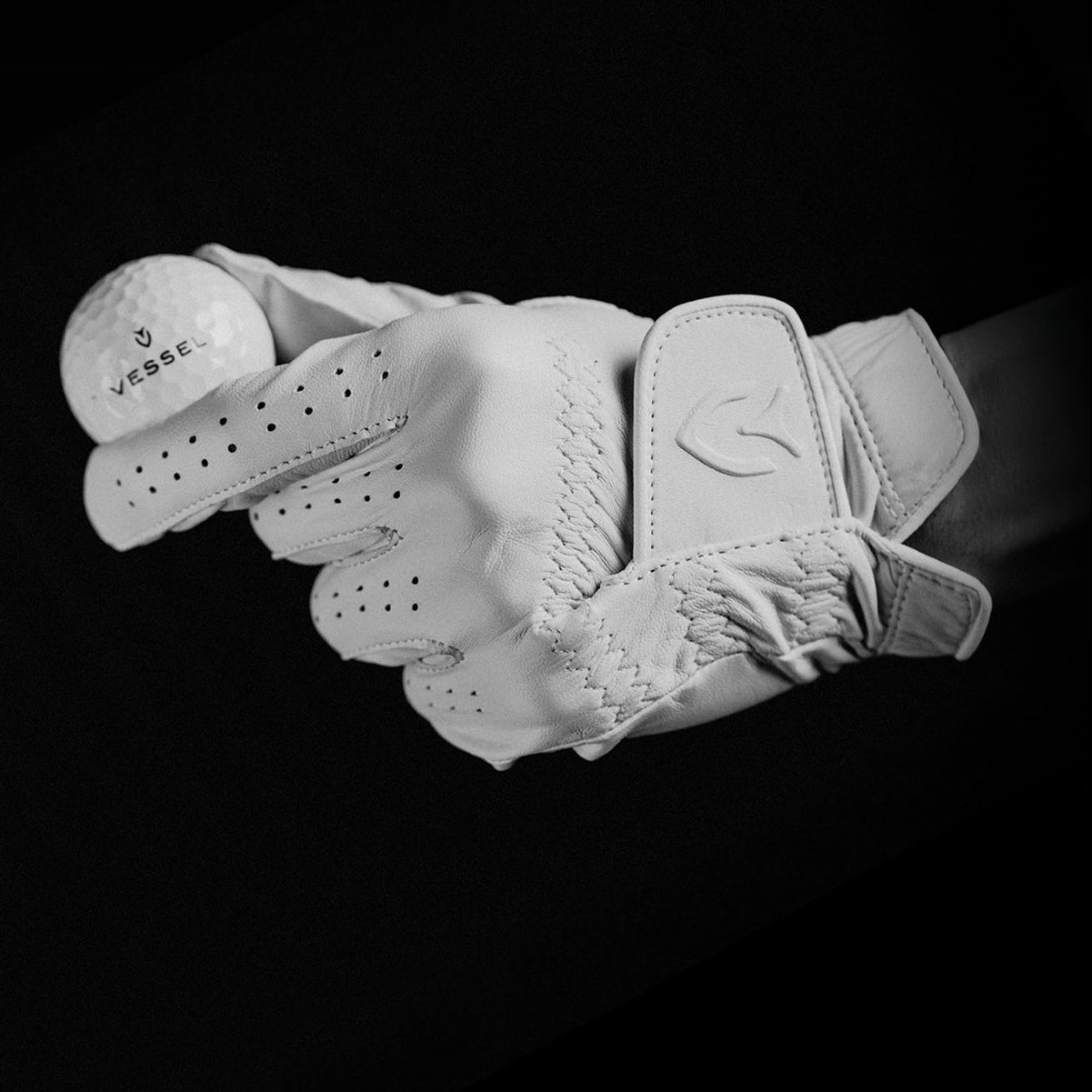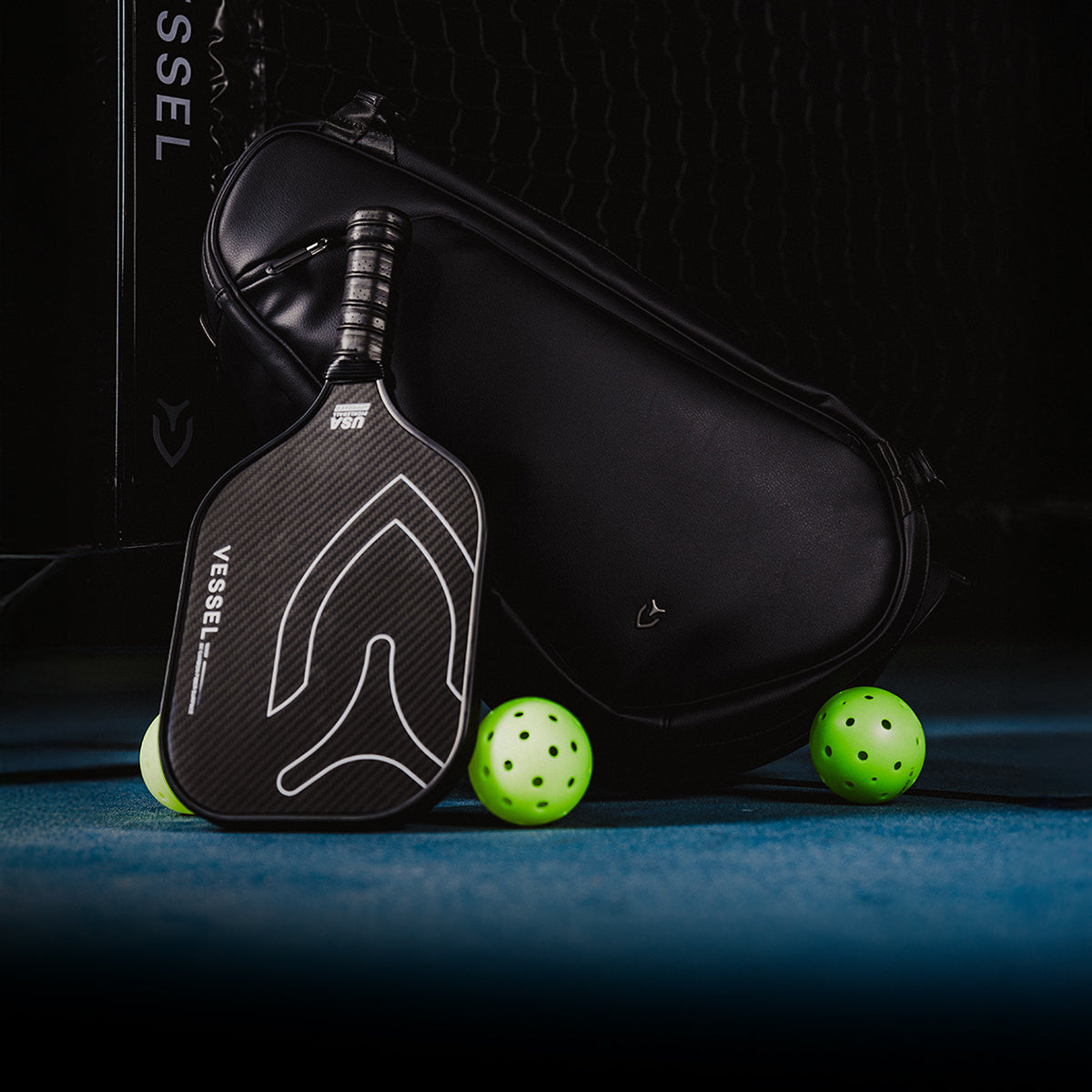

Let's cut through the confusion. Picking golf clubs begins with being honest about your current abilities and typical swing patterns. Players with handicaps above 20 need maximum forgiveness from their equipment, while single-digit golfers benefit from clubs offering greater shot-shaping control. Here's what works: build your bag around one driver, a fairway wood, approximately 6-8 irons, plus 2-4 wedges to cover all distances. If you're swinging faster, steel shafts deliver better feedback and control, but graphite shafts help slower swingers gain extra yards through improved flexibility. Getting custom-fitted equipment typically boosts shot accuracy by 15-20%, which makes a huge difference! Let's explore everything else that'll help you play better golf.
Table of Contents
Matching Equipment to How You Actually Play
Stop kidding yourself about your abilities. Successful club selection means facing reality about your current game, not your aspirations. That handicap number reveals everything: players shooting over 20 face different equipment needs than someone breaking 80 regularly. Consider this: recreational golfers swinging 85 mph can't use the same gear as low-handicappers generating 110 mph drives.
Study your typical round patterns honestly. Can't find fairways consistently? Your driver and swing mechanics need attention. Perhaps you're decent with full swings but struggle inside 100 yards which tells you exactly which wedges deserve priority. It's not all about hitting bombs; focus on where you're actually dropping shots. Low-handicap players competing regularly need clubs that emphasize workability and provide feedback for their refined technique.
Most weekend warriors shooting 105-135 make up golf's biggest demographic and should prioritize maximum forgiveness in their equipment choices. Recognizing your position within this range helps avoid wasting money on clubs that won't suit your actual capabilities.
Building Your Ideal Set Configuration
That overwhelming equipment wall at golf shops confuses players because it's too complicated! Let's simplify: every golfer needs clubs covering all yardages and scenarios. Begin with your driver for those long tee shots, add a 3-wood for reaching par-5s and long par-4s. Fill your bag with 6-8 irons covering everything from longer approaches down to scoring range, they'll become your workhorses. Now comes decision time: pick either additional fairway woods or hybrids, depending on comfort level. Hybrids prove friendlier from thick rough for most amateurs. Include at least a pitching wedge and sand wedge (better players often carry 3-4 wedges), then select your favorite putter. Those hybrids (also called utility clubs) effectively replace difficult long irons that many players can't hit consistently. Multiple wedges provide vital spin options when attacking pins and escaping trouble. You've now assembled everything needed for any shot!
Understanding Shaft Options and Their Impact

Once you've selected your clubs, those shafts become critical performance factors most players overlook. Pay attention, shaft selection massively influences results. Around 120-gram steel shafts provide excellent feedback for quicker swingers needing precision, but lighter graphite options (50-85 grams) boost distance for players with deliberate tempos thanks to extra whip action.
Matching flex properly changes everything! Moderate swingers perform best with regular flex, but powerful players require stiffer options for consistency. Imagine shaft flex working like fishing rods, overly rigid won't load correctly, excessively whippy sacrifices control.
Yes, graphite costs extra, but it dampens impact shock wonderfully. Steel remains affordable and virtually unbreakable. Everything depends on matching specifications to individual swing characteristics, because mismatched shafts create inconsistent ball flights. Correct shaft selection fine-tunes launch conditions for better carry and tighter shot patterns. Poor shaft choices destroy consistency and make solid contact nearly impossible.
Why Custom Fitting Makes Such a Difference
Beyond basic shaft selection, working with an experienced club fitter transforms generic equipment into personalized performance tools built specifically for you. Expert fitters begin evaluating swing velocity, typical ball flights, and body measurements, including stature and range of motion. Advanced launch monitors track detailed swing metrics, recording timing through impact positions.
You'll test various head designs and shaft profiles while technology measures ball velocity, rotation rates, and accuracy patterns. Forget hunches, modern fitting relies on hard numbers! Fitters adjust lie positions, loft configurations, and grip dimensions accordingly. Sessions create relaxed environment,s letting you concentrate on discovering ideal equipment combinations. Custom-fitted setups typically increase hitting accuracy 15-20% while boosting distance via better launch characteristics.
Making Smart Financial Decisions About Equipment
Following that fitting session, reality hits when converting those ideal specs into purchases, that's when intelligent spending strategies matter most. Equipment prices vary from several hundred to thousands, requiring careful consideration between performance desires and financial limits.
Material choices impact costs significantly. While titanium heads outperform steel alternatives, they'll stretch budgets further. Different shaft stiffness levels command varying prices, with tour-grade options costing considerably more. Top-tier brands charge accordingly for advanced engineering and consistent quality that dedicated players appreciate. Protection plans provide worthwhile insurance for expensive purchases!
Trying Before Buying Makes All the Difference
Never spend serious money without actually hitting those clubs first. Window shopping won't reveal how they'll perform when you're swinging them! Practice facilities allow proper distance and trajectory evaluation in realistic settings. Drivers deserve extensive trials since they'll influence every hole, though testing irons thoroughly confirms consistency, while trying various wedge grinds determines short-game compatibility.
Take enough swings, a minimum of five to ten per club, establishing reliable performance trends. Technology like launch monitors delivers crucial feedback about trajectory, rotation, and velocity for accurate comparisons. Custom-fitting appointments provide exact modifications suited to individual swing traits. Testing different putters for balance and sightlines proves equally valuable as crushing drives!
Frequently Asked Questions
How frequently should improving players upgrade equipment?
Most developing golfers upgrade equipment approximately every 3-6 years, though rapid improvement might warrant changes within 2-3 years. Scoring wedges wear fastest (replace after 75-100 rounds), whereas putters remain functional longest. Declining distances and erratic ball flights signal you've exceeded your current equipment's capabilities.
Is mixing manufacturers acceptable?
Absolutely, combining brands allows targeting specific performance needs while managing costs versus complete matched sets. Many players prefer specific drivers while choosing different iron manufacturers. Ensure proper fitting for each component regardless of brand mixing.
How do women's clubs differ?
Ladies' equipment measures 1-2 inches shorter, accommodating typical height differences. Overall weight reduction assists in generating speed efficiently. Shaft flexibility increases substantially, complementing moderate tempos. Iron lofts favor higher trajectories, promoting accuracy, contrasting with men's distance-oriented designs.
Should natural lefties try right-handed clubs?
Stick with left-handed equipment matching your instincts. Though right-handed options offer better availability and pricing, fighting unnatural positions hampers proper technique development. Your stronger hand controlling the backswing feels awkward when reversed. While some lefties adapt successfully, playing naturally produces superior results.
Conclusion
Selecting appropriate clubs becomes manageable when you're realistic about abilities and get professionally fitted for essential pieces first. Avoid overspending on tour-level equipment before developing consistent fundamentals! Visit shops offering demo programs, remembering that properly matched moderate-priced clubs beat expensive mismatched sets every time.







